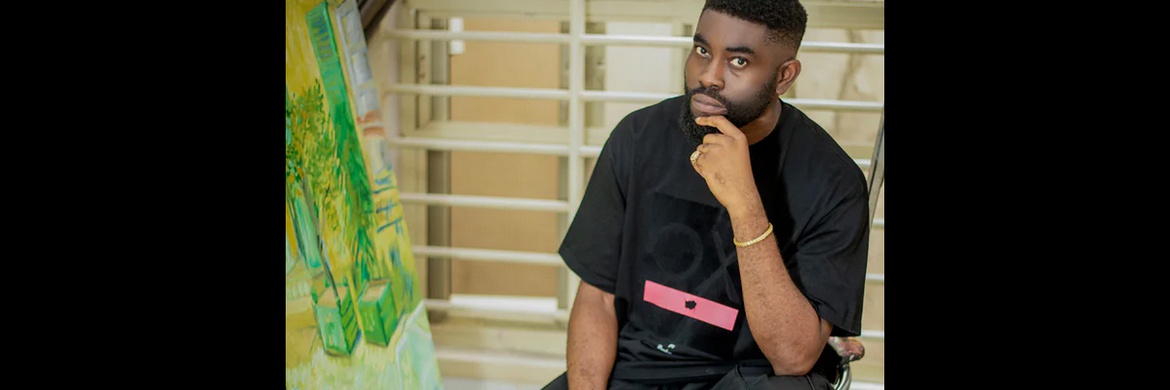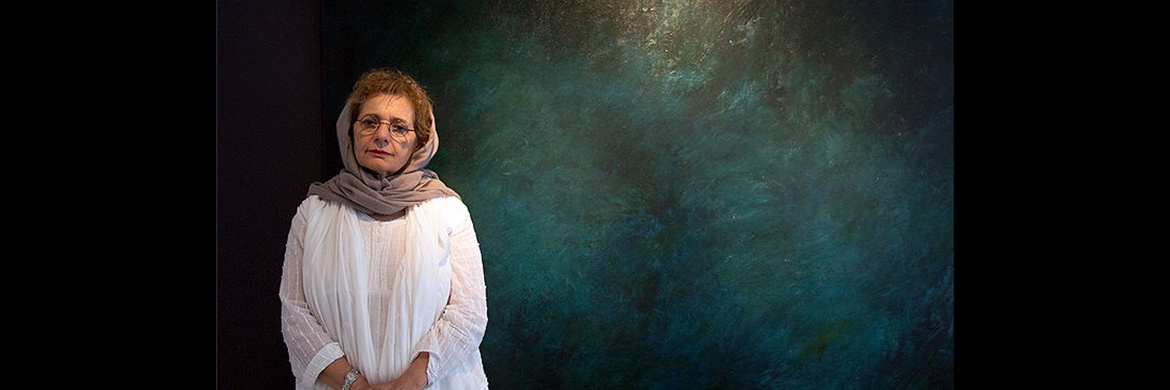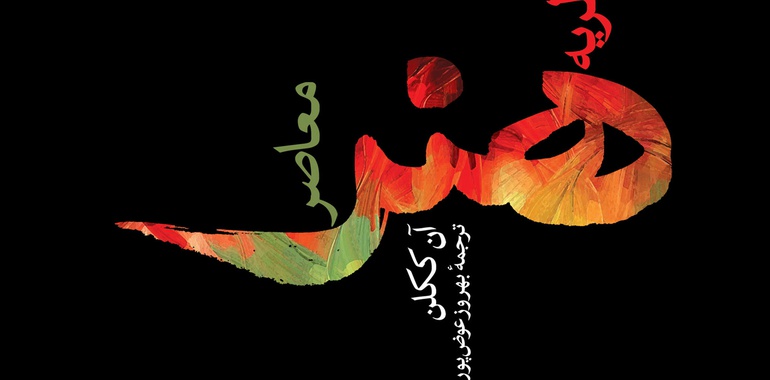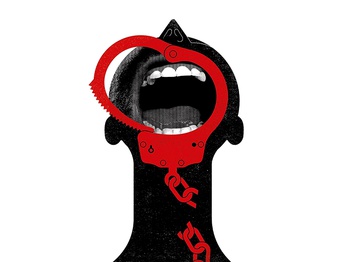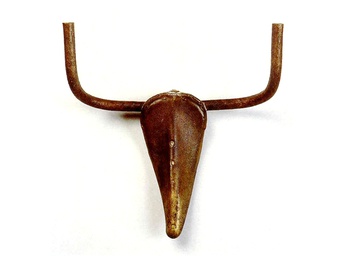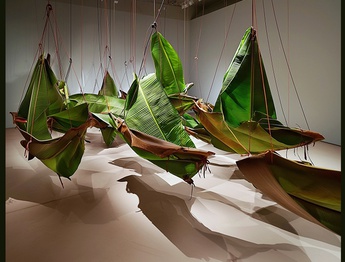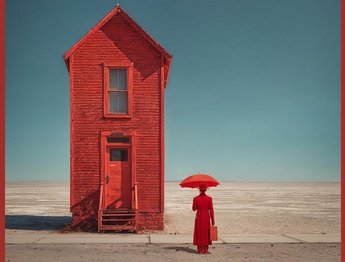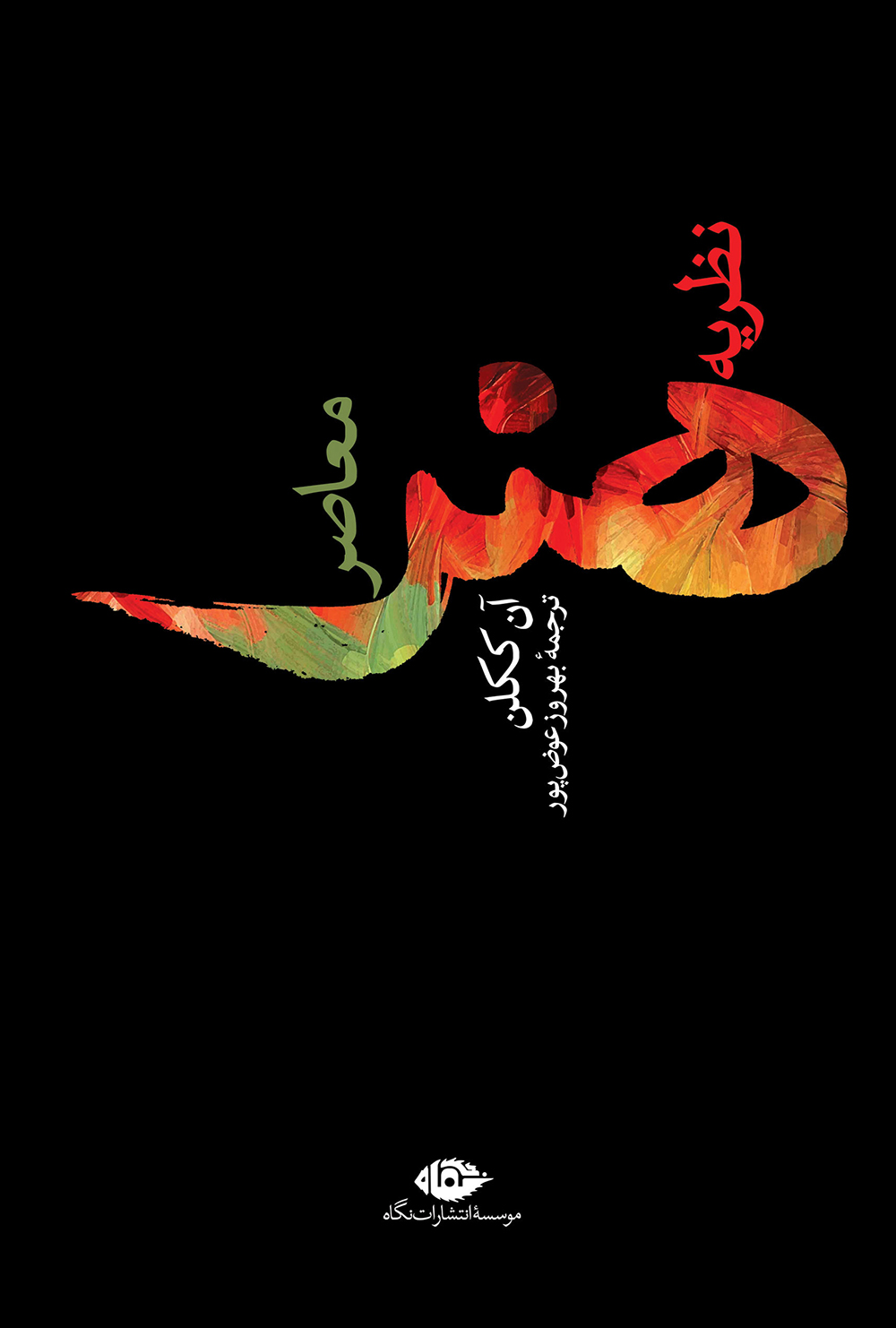
Anne Cauquelin is a French philosopher, novelist, essayist and visual artist. She was the editor of Nouvelle revue d'esthétique for ten years. She is a distinguished professor of philosophy at the University of Paris X (Nanter) and at the University of Picardy.
Her works have been named by critics as "a feast for the mind" due to the quality of their writing and their magnificence.
Her main research and educational works are focused on the concept and understanding of artistic landscapes in the Renaissance period, ancient cities, ancient philosophy, language and art, Aristotle and Brunelleschi.
In her writings, she describes the concepts of urban spaces and architecture from Versailles to favela *.

Anne Cauquelin
Anne Cauquelin in the book "Contemporary Art Theory" deals with topics such as modern art or consumption culture, which deals with the roots of modern art and its influence on consumption culture. And it discusses influential factors such as networks, producers, creative artists and other topics. After that, she deals with contemporary art and examines the works of Marcel Duchamp and Andy Warhol. Then she talks about one of the most important collectors of contemporary art, namely Leo Castelli, and then important topics such as conceptual art, minimal art, land art, technological art and postal art are discussed.
On page 12 of the book, we read: Unfortunately, the phrase "contemporary art" in the true sense of the word is not a phrase with a name, and therefore, it is not very meaningful. The art of any age - including the age that is going on right now, i.e. the contemporary age - is obviously defined in the same age and by the people of that age. and if; On the other hand, the era that is going on right now, that is, the contemporary era, refers to the 20th century. And on the other hand, the 20th century is called the "modern era" by the people of this era in its general sense. So it seems that it is appropriate to read and understand the art of this era not as "contemporary art", but as "modern art".
*Favela: Favela in Brazil refers to a slum or shantytown located inside or on the outskirts of big cities in this country, especially Rio de Janeiro and Sao Paulo. A favela is usually formed when residents occupy vacant lots on the edge of town and build shanties from recycled or stolen materials.
